Technological changes and disruptions do transform organizations to look at new alternatives to grow business with the help of Artificial Intelligence (AI). However, this may not be the same in every sector or industry or business. Knowledge creation and organizational well-being are generally the positive effects of Appreciative Intelligence. Artificial intelligence deals with replacing routine manual jobs or a sophisticated process through automation to replicate similar repeat jobs or analysis of data to produce an accurate output to handle the process or job in the most optimal cost-effective way. AI has fast-forwarded to leveraging cutting-edge 3D animation, multilingual technologies to create videos just from the text apart from the Driverless cars of the world. AI is widely used in medical science with the help of Robots to conduct complicated surgeries precisely and with a faster pace.
However, Appreciative Intelligence helps organizations to make use of appreciative inquiry as a methodology for Organizational Development. While artificial intelligence deals with all technological advancement for growth which may lead to machine learning also, appreciative dialogue is generally used as a technique to enhance employee communication and leveraging talent management to increase overall productivity and growth. In modern business, both are complementary to each other to grow both in terms of capability, capacity and business-building process. When Appreciative intelligence is used with Artificial intelligence, the technology can predict the behaviour patterns of individuals in an organization and leaders can develop their own organizational morals instead of leaving it to technology. The leadership needs to drive this combination to minimize risk in business, as Artificial Intelligence can predict human behaviour better than the human mind can.
Organizational & Business Strategy
The extent to which Artificial Intelligence to be used in combination with Appreciative inquiry and Appreciate Intelligence needs to be decided by the top management in an organization. Use of technology in every single role human can play should be based on regulatory and ethical issues. Some of the decisions taken only by the technology or machines alone may lead to serious impacts of the lives working in an organization. Therefore, a strategic eye on this point is warranted.
Optimization of AI through Control and Collaboration
Organizations must install a transparency switch connecting to both the AI’s and ensure the power flows optimally between the two, so that empathy, feeling and culture is equally respected by using appreciative inquiry and Intelligence to ensure seamless business operation keeping the attrition rate as low as possible. To achieve this goal, the top management and HR leaders must work together to leverage both the AI’s for business growth. Online retail industry has achieved these goals in the recent years and other organizations can also transform the business through optimization process of Artificial Intelligence & Appreciative Intelligence.
Nurture, Harness the Power of both AI’s
As Business Models are fast-changing leveraging technologies the futuristic organization cannot ignore the power of technologies at the same time create a robust process and quality assurance at the same time addressing human issues through the Appreciative Intelligence process. To cite an example is to use AI to decide the data for shortlisting performance of monthly or quarterly based on the data available in the ERP module for Performance measurement. However, these criteria for measurement must be done through the consultative process of teams involved and HR leaders so that there is a better buy-in for AI processes. Rewards & Recognition (R&R) for the production unit or service industry could be based purely on the units produced or sold. However, quality standards of such sales or units produced to decide must have riders of quality to recognize exceptional performers. Leaders must also look at Cost-Benefit Analysis (CBA) through Development Centres to decide the quantum of technology to be used in such a process to ensure avoidance of unnecessary investments on such technological models. The size of the business and the sector in which they are operating will decide such Investments.
Business Complexity & Artificial Intelligence usage correlation
AI-related technology should be widely used when the goal is to minimize the business complexity and maximizing customer value which may involve value creation by streamlining service quality delivery and improve overall efficiency. The investment will be worthwhile when you get the job on a real-time basis and transform business for future growth. Big brands across the globe use AI to transform the business faster, retain clients and customers, and acquire a new customer base through cutting-edge technology. When such an investment decision is taken, it must be scalable and certainly be on a low-code platform.
Consumer-Facing Organizations and AI interface
Value beyond the balance sheet is the moto of both Artificial Intelligence focus and investment in Appreciative Intelligence in an organization which are consumer-centric and consumer-facing organizations. Organizations do look for new ways to drive value in their organizations have a laser focus on both simultaneously. Organizations must ignite AI curiosity. Harnessing the power of AI will not only improve day-to-day performance but also help the growth of organizations by looking at critical opportunities and challenges facing the organizations in their quest to mature in AI.
Usage of both the AI’s optimally can be GAME CHANGER
The futuristic organizations must also address appreciative inquiry methods while using technologies like AI to transform and grow business opportunities and build a differentiating brand value. How a community of practice can integrate culture and service settings to promote intergenerational intercultural mentoring should be based on research identifying communication practice, value creation and borderlands to understand and address those border issues between human behaviour and machine behaviour predictions. Organizations must determine the context and the phenomena of interest. This will lead to addressing the issues of structure, process and outcomes which are very much part of strategic human resources management. Normally, large-quality organizations do that through ethnography, reports of value narratives and finally thematic Analysis. This is followed by the community or departmental engagements and refine the data through the analytical filter where the AI-related to technology can be used effectively. The narratives could be both written and visuals. To draw the conclusion organizations normally use the matrices to reduce the data to manageable buckets to conceptualise and then enable the decision-making process. In this process, organizations can discover new success themes or mantras using both the AIs optimally. The architecture must also retain the existing culture without losing the opportunity to retain performing and capable resources. A fine balance between both Artificial Intelligence and Appreciative Intelligence will ensure faster transformation of organizations. The well-being and further transformational growth can be easily achieved when the organizations maintain a fine balance between both AIs.

